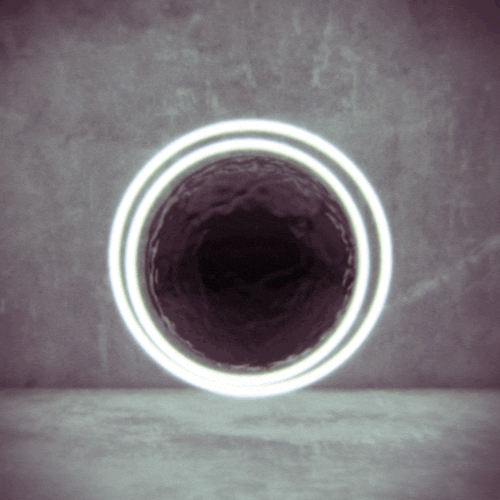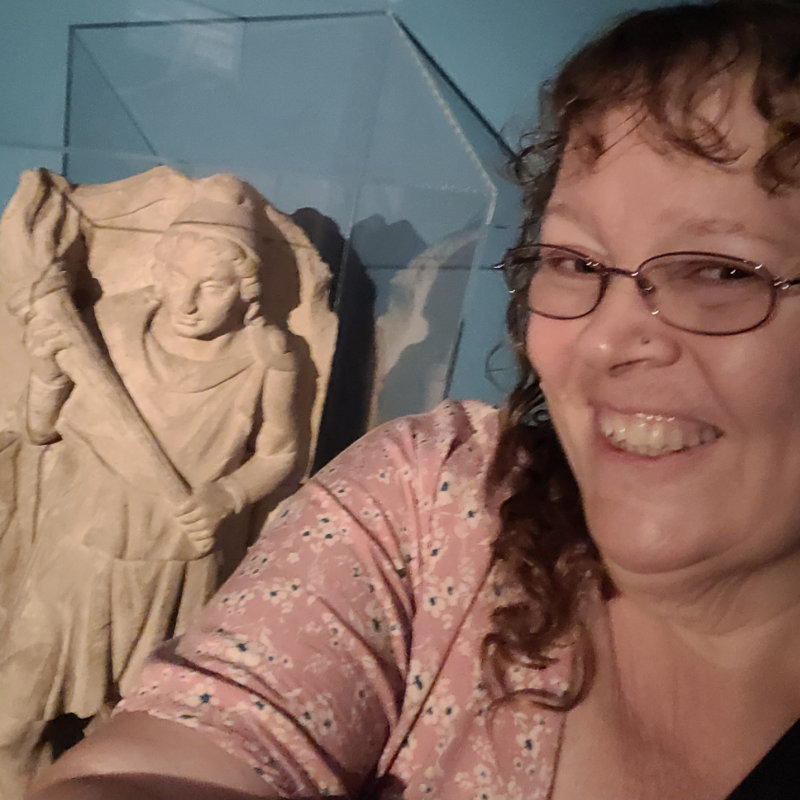NewLiberRaconter la légende de Mithra, le jeune dieu désigné par Jupiter pour sauver la Terre de la sécheresse et l’Univers du chaos, jamais personne n’avait encore osé le faire ! Pour la toute première fois, deux des acteurs principaux de cette extraor...
























